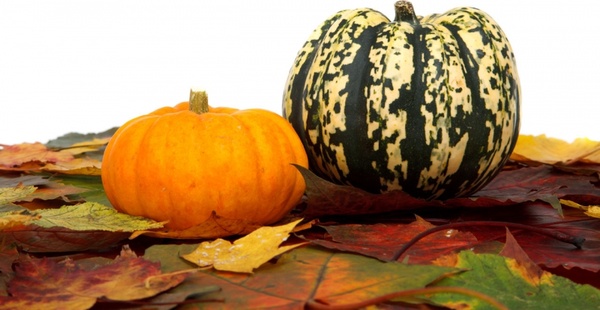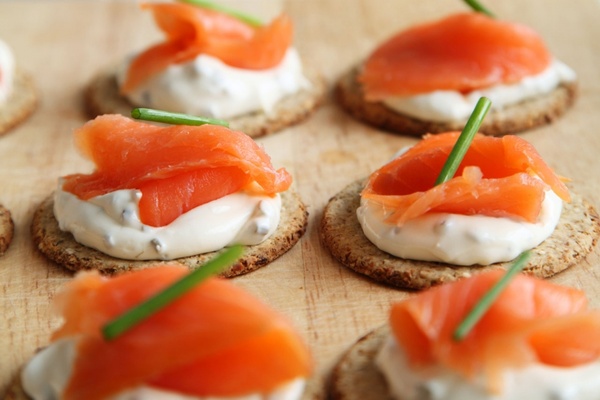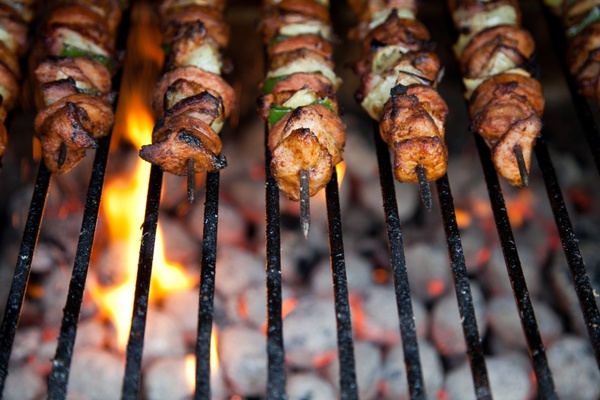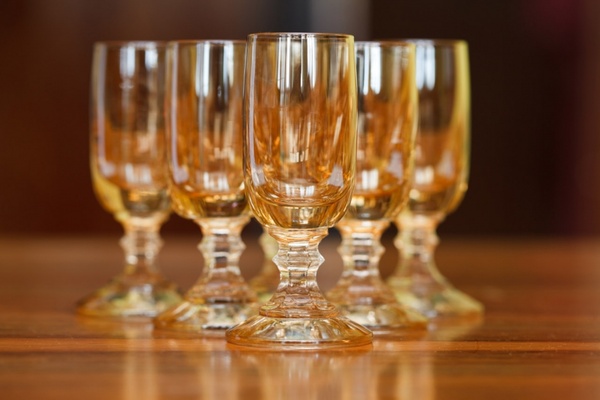
by Lorri | Dec 7, 2016 | UnCorked
For many, Christmas and Port wine are inextricably linked. A bottle of Port is a must for any wine lover’s Christmas season celebration checklist. I cannot imagine the holiday without a glass of this special wine.
Port wine takes its name from the city of Oporto, Portugal, the only location in the world able to boast the prestigious Port label. Oddly enough, the growing region of Portugal’s Douro Valley is one of the most inhospitable areas of viticulture in the world, with baking-hot summers averaging 100 degrees and subzero weather in winter. Its isolated landscape is just as uninviting, with steep hillsides, poor, dry soils and archaic-looking planting terraces. Yet, in spite of the extreme temperatures and poor terrain, the Port grapes thrive.
Port is made mainly from five authorized varieties, with Touriga Nacional (too-REE-gah na-SHUN-al) being the lead grape in the blend. This grape adds tannin and black-currant aromas. The other grapes offer their own unique attributes: Tinta Roriz gives spice; Touriga Francesa adds softness; Tinta Barraco contributes high sugar; and Tinta Cao provides bold flavor.
As much as the terroir affects the final product, the process used in making Port is also key. Just after harvest, a celebration of sorts begins with the traditional foot-treading in open-trough wine vats by families and workers of the wineries. They march, walk and dance in keeping with this winemaking tradition. This may seem a bit awkward and unappetizing, but the human foot is perfect for the task because it won’t break the pit in the grape.
Port styles range from crusted and ruby to tawny, blended from wines of different vintages made in different years and having spent time in wooden barrels; these styles are ready to drink immediately after bottling. Other styles are late-bottled vintages aged in wood and also ready to drink. Vintage and single Quinta Ports differ in that they spend minimal time in wooden barrels before being bottled for the long, slow aging process.
THE VALUE
- Graham’s 10 Year Old Tawny Port, Portugal (about $40 retail)
THE SPLURGE
- 2003 Churchill Vintage Port, Portugal (about $100 retail)

by Lorri | Nov 30, 2016 | UnCorked
I recently tasted and added to my repository of exceptional wines Purple Heart Red Wine, not only for the quality and value but the story behind the label.
Purple Heart Red Wine recognizes the sacrifice and service of U.S. military men, women and families while promoting the Purple Heart Foundation, a nonprofit that provides services to veterans and their families. The foundation, in collaboration with C. Mondavi & Family, receives a major contribution from wine sales.
Last year the foundation helped more than 19,000 veterans secure $300 million in Veterans Administration benefits with their professionally trained VA Service Officers. The foundation assists with service dogs programs, educational scholarships, resources to help cope with post-traumatic stress disorder and money for research to treat traumatic brain injuries.
Winemaker Ray Coursen, a Vietnam veteran, and consulting winemaker David Grega, an Iraq veteran, share a passion for winemaking and for service to our country. As an accomplished winemaker and longtime friend of the Mondavi family, Coursen was the perfect person to lead the winemaking team for the inaugural release of the 2013 Purple Heart Wine. Coursen’s experience and his stellar history with Elyse Winery as founding winemaker and owner was the leading factor in the quality and exceptional style of this wine’s future.
Starting with the 2014 vintage, consulting winemaker Grega joined the team. After service in Iraq, he fell in love with winemaking. Grega is quickly earning a reputation as a winemaker to watch in the Napa Valley.
The wine is a traditional Bordeaux blend with 80 percent merlot, 15 percent cabernet sauvignon, 4 percent petite syrah and 1 percent petit verdot.
2014 Purple Heart Red Wine Napa Valley, California (about $20 retail)

by Lorri | Nov 23, 2016 | UnCorked
Each year I write about the many wine matches that pair with the indulgent Thanksgiving feast. Over the past few weeks I have been asking friends and readers if turkey would grace their tables or if another meat would star. Of the more than 30 or so people asked, I had only one respond with a different entree. Statistically, that may be about correct considering estimates are that more than 46 million turkeys will be cooked for the celebratory occasion. So here is my Thanksgiving Feast wine advice.
In order to ease the stress of preparing for this holiday celebration I am recommending value wine for less than $20 this week. In the past I’ve gone into detail about the various flavors and textures on the Thanksgiving table and the best wines to match with each. This year my approach is much more simple: You could literally close your eyes and point to one of these suggestions. They are all spot-on as the ideal pairing for your Turkey Day festivities!
THE WHITES
- 2014 Irony Chardonnay, California (about $11 retail)
- 2014 Chateau Ste. Michelle Gewurztraminer, Washington (about $12 retail)
- 2015 Firesteed Riesling, Oregon (about $16 retail)
- 2014 Kim Crawford Unoaked Chardonnay, California (about $17 retail)
- 2015 Matua Sauvignon Blanc, New Zealand (about $15 retail)
- 2015 Tora Bay Sauvignon Blanc, New Zealand (about $14 retail)
- 2015 Raptor Ridge Pinot Gris, California (about $19 retail)
- 2015 Pine Ridge Chenin Blanc/Viognier, California (about $18 retail)
- 2015 Simi Chardonnay, California (about $20 retail)
- 2015 Cline Viognier, California (about $15 retail)
- 2013 Anne Amie Estate Dry Riesling, Oregon (about $19 retail)
THE ROSES
- 2014 Presqu’ile Winery Pinot Noir Rose, California (about $20 retail)
- 2015 Domaine Bousquet Rose, Argentina (about $12 retail)
- 2015 Crios Rose of Malbec, Argentina (about $15 retail)
- 2014 Turkey Flat Rose, Australia (about $20 retail)
- 2015 M Minuty Rose, France (about $20 retail)
THE REDS
- 2014 Clos du Bois Pinot Noir, California (about $12 retail)
- 2014 Bell Wine Cellars Red Blend, California (about $17 retail)
- 2014 Acrobat Pinot Noir, Oregon (about $20 retail)
- 2014 Parcel 41 Merlot, California (about $20 retail)

by Lorri | Nov 16, 2016 | UnCorked
In many places around the world, appetizers are considered an essential part of life. Not necessarily just for entertaining guests but as a daily ritual for socializing with family and friends. And of course they are accompanied by refreshing wines.
Spanish tapas, Russian zabuski, Italian antipasti and Mediterranean mezze are as common as the main entree. It was possibly the French who made the appetizer more formal with their hors d’oeuvres and then the English expanded on the formality with passed appetizers on silver platters. American appetizers can fall anywhere in between.
When it comes to pairing wine with appetizers, the most simple and straightforward wines are the best for pairing. White wines are usually a better choice than red because they are generally lighter bodied, lower in alcohol, refreshing, lack harsh tannins and will pair with an array of foods.
My top wines for appetizers are pinot grigio/gris, sparkling wine, gewurztraminer, sauvignon blanc and on occasion, chardonnay. When serving chardonnay, it’s important to stay away from big, oaky, high-alcohol styles that can wreck the whole philosophy of the white wine and appetizer perfection.
If you are including a red wine, keep in mind the same principles of your white choices: stick with lower alcohol, lighter bodied styles and those that are refreshing. My top choices are usually pinot noir and merlot. Both of these grapes can be produced in regions pushing upward to 14.5 percent alcohol levels so be sure to check the labels for lower ranges and those usually grown in cooler regions.
Here are a few friendly matches for recipe planning: salty with champagne; beef with merlot; chicken with unoaked chardonnay; spicy with Riesling; savory with pinot noir; grilled with syrah.
THE VALUES
- 2015 Chateau Ste. Michelle Gewurztraminer, Oregon (about $12 retail)
- 2014 Le Grand Pinot Noir, France (about $11 retail)
- 2014 Rudi Wiest Mosel River Riesling, Germany (about $15 retail)
- 2014 Chloe Pinot Noir, California (about $12 retail)
- 2014 Grayson Cellars Pinot Noir, California (about $13 retail)
- 2014 Stellar Organics Merlot, South Africa (about $14 retail)
- NV Pascual Toso Sparkling Wine, Argentina (about $11 retail)
THE SPLURGES
- 2014 Bell Red Blend, California (about $17 retail)
- 2014 Joseph Drouhin Chablis, France (about $27 retail)
- 2014 Chateau Saint-Sulpice, France (about $17 retail)
- 2014 Decoy Chardonnay, California (about $21 retail)
- 2015 Firesteed Riesling, Oregon (about $17)
- 2015 Pierre Sparr Pinot Gris, France (about $20 retail)

by Lorri | Nov 9, 2016 | UnCorked
Whether tailgating, camping or simply enjoying your backyard minus the mosquitoes, Arkansas’ temperate climate means we can enjoy the flavor and fellowship of grilling year round.
I know plenty of people consider grilling a summer-only ritual and close down the grill along with all of the other outdoor amenities as soon as the leaves start to change. But when that slight chill hits the air I find it’s the best time to fire up our grill. Take the warmth of the grill and add a glass of wine … that’s my kind of weather.
Beer is the general go-to for any type of grilling and barbecue. It’s refreshing and acts as a cleanser for the fat and richness on your palate from heavy sauces and the char taste from the grill. But wines can offer the same refreshing effect. Explore these classic fall wines for your next grilling opportunity.
If brisket or ribs are on the menu, reach for a zinfandel, carmenere, syrah or tempranillo.
THE VALUE
- 2014 Concha y Toro Casillero del Diablo Carmenere, Chile (about $11 retail)
THE SPLURGE
- 2014 Volver Single Vineyard Tempranillo, Spain (about $20 retail)
For burgers, consider zinfandel, malbec, pinot noir, cabernet sauvignon or a dry rose.
THE VALUE
- 2013 Montes Twins Red Blend Malbec/Cabernet Sauvignon, Chile (about $14 retail)
THE SPLURGE
- 2014 Crios Malbec, Argentina (about $18 retail)
Chicken pairs well with sparkling wine, pinot noir, chardonnay, carmenere and dry rose.
THE VALUE
- NV Domaine Ste. Michelle Brut, Columbia Valley (about $13 retail)
THE SPLURGE
- 2013 La Playa Axel Carmenere, Chile (about $24 retail)
Match vegetables such as sweet potatoes, mushrooms, squash and onions with pinot noir, carignan or cabernet franc.
THE VALUE
- 2014 Clos du Bois Pinot Noir, California (about $12 retail)
THE SPLURGE
- 2014 Sean Minor Pinot Noir, California (about $20 retail)
Zinfandel, malbec, cabernet sauvignon or pinot noir are good options for pairing with sausage.
THE VALUE
- 2014 Kaiken Malbec, California (about $14 retail)
THE SPLURGE
- 2014 Cline Cellars Zinfandel, California (about $18 retail)

by Lorri | Nov 2, 2016 | UnCorked
This past week Arkansas had an astonishing group of French Champagne winemakers in our midst. Each showcasing the Champagnes and sparkling wines of their wineries. It was obvious as we shared in the tastings that most of us adore the elusive bubble of a sparkling wine or Champagne. I’ve never actually met a wine drinker who didn’t enjoy the celebratory drink.
Today, sparkling wine is valued for its luxurious and prestigious reputation. It adds a bit of flair to any occasion and popping open a bottle can make a humdrum dinner feel like a special occasion. But this wasn’t always the case. Long before French monk Dom Perignon is thought to have called out, “Brothers, brothers, come quickly, for I am tasting stars!” bubbles were considered a wine fault. Froth belonged to beer but in wine it was considered unrefined.
The idea of a sparkling wine was not new, as it was noted by the Romans, and the Bible refers to “wine that moveth” but it wasn’t until the late 17th century in Champagne, France, when advances were made in glass production and wine stoppers, that bubbly as we know it today became possible.
So, as you savor your next glass of bubbly, keep in mind the long historic journey it took for the celebratory drink to be in your hand.
THE VALUES
- NV Chandon Etoile Rose, California (about $32 retail)
- NV Chandon Blanc de Noirs, California (about $15 retail)
- NV Chandon Rose, California (about $15 retail)
THE SPLURGES
- Moet & Chandon Brut Imperial, France (abut $49 retail)
- Moet & Chandon Nectar Imperial, France (about $50)
- 2006 NV Moet & Chandon Grand Vintage, France (about $64 retail)
- NV Krug Grande Cuvee, France (about $179 retail)
- NV Ruinart Blanc de Blanc, France (about $74)





